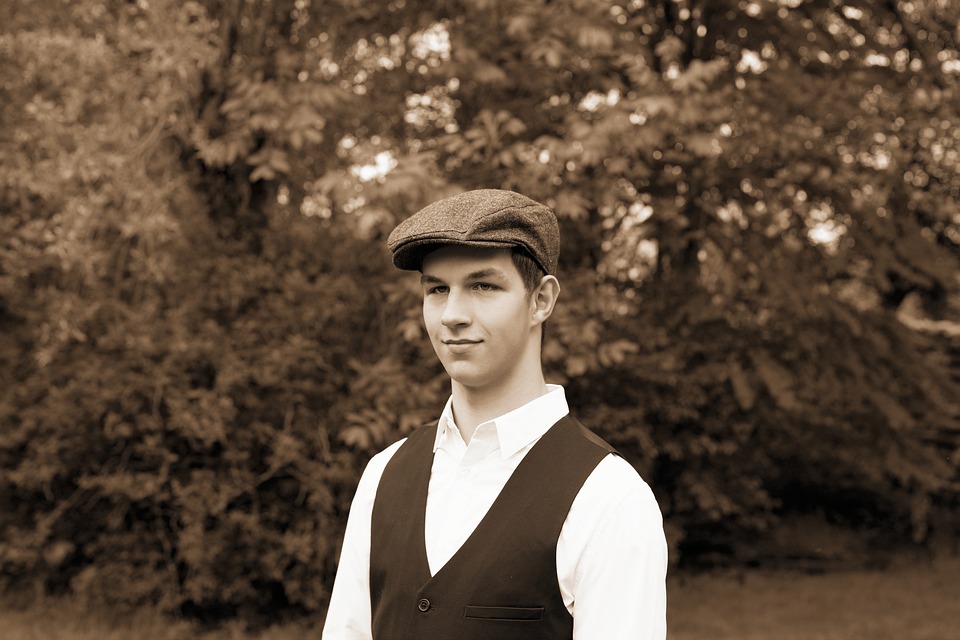The Evolution of Victorian Fashion: From Corsets to Crinolines
Introduction
The Victorian era, spanning from 1837 to 1901, was characterized by a remarkable evolution in fashion. During this period, clothes played a significant role in projecting social status, gender roles, and even moral values. Two iconic garments that exemplify the changing face of Victorian fashion are corsets and crinolines. Let’s delve into the captivating history of Victorian fashion and explore how the styles progressed over time.
The Rise of Corsets
Corsets became a staple of Victorian fashion during the early 19th century. These garments were designed to exaggerate the female form, highlighting a tiny waist while accentuating the bust and hips. Initially, corsets were made from whalebone or steel, providing structure and support. Women cinched themselves tightly into corsets, often enduring discomfort for the sake of fashion and societal expectations. Although corsets were created to provide the desired hourglass figure, they eventually faced criticism for their adverse health effects, such as restricted breathing and damage to internal organs.
The Emergence of Crinolines
As the Victorian era progressed, the focus shifted from tight corsets to crinolines, which offered a different silhouette. Crinolines were hoop skirts made of horsehair, steel, or wire that created a bell-shaped outline. These underskirts provided women with a wide and voluminous look, giving the illusion of an elongated waist. The use of crinolines allowed ladies to move more freely without the tight constraints of corsets.
Changing Silhouettes and Styles
Victorian fashion underwent several transformations as the century advanced. In the mid-1800s, crinolines reached their maximum diameter, with some hoop skirts extending more than a meter from the waist. However, the large size of crinolines often caused inconvenience in tight spaces, leading to humorous situations and criticism. Consequently, the crinoline gradually gave way to the bustle, a padded undergarment worn at the back of the waist to create a rounded shape.
Alongside these structural changes, the fabric choices and embellishments in Victorian fashion also evolved. Initially, dresses were made using heavy materials, like silk and velvet, with intricate embroidery and lace decorations. However, technological advancements in textile production increased accessibility to lighter and more affordable fabrics. This led to the emergence of printed cotton and synthetic materials, which facilitated the creation of a wider variety of styles and designs.
Frequently Asked Questions
Q: Are corsets still worn today?
A: While corsets are not as prevalent as they were in the Victorian era, they have experienced a resurgence in modern fashion. However, contemporary corsets often prioritize comfort and personal style rather than extreme waist cinching.
Q: How did fashion reflect societal norms during the Victorian era?
A: Victorian fashion was heavily influenced by societal norms and expectations of the time. The emphasis on tight corsets and exaggerated silhouettes highlighted the notion of femininity and reinforced gender roles, where women were expected to be delicate and dependent.
Q: Did all Victorian women wear crinolines and corsets?
A: While corsets and crinolines were popular, not all women wore them. Fashion choices often varied according to social class, age, and occupation. Working-class women, for instance, might have opted for simpler and more practical garments that allowed ease of movement.
Q: How did the evolution of fashion impact social attitudes?
A: The changing fashion trends of the Victorian era were closely tied to shifting social attitudes. The rise of less restrictive and more practical clothing, such as crinolines, reflected the changing role of women in society and a desire for more freedom and mobility.
Conclusion
The evolution of Victorian fashion encapsulates the ever-changing attitudes and values of society. The transition from corsets to crinolines represents a shift towards less constrictive and more comfortable garments, reflecting the evolving roles and expectations of women during the 19th century. Today, the Victorian era remains a significant period in fashion history, inspiring modern designers and fashion enthusiasts to explore and reimagine the elegance and grandeur of this iconic era.




